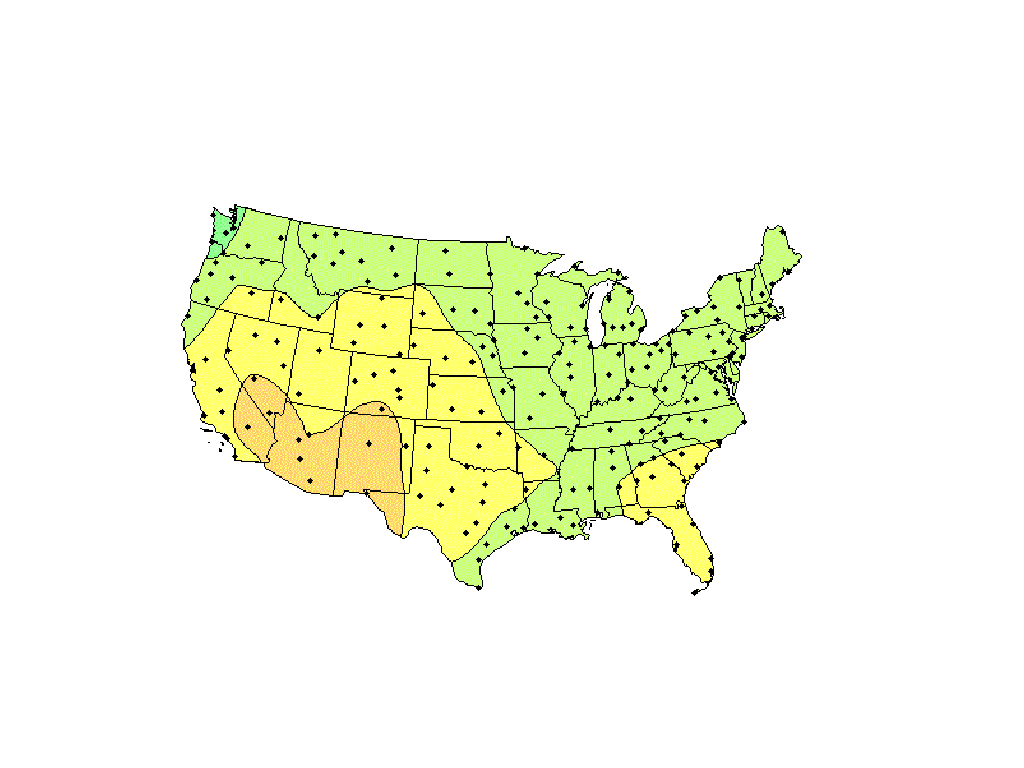GXMnow
Solar Wizard
- Joined
- Jul 17, 2020
- Messages
- 2,710
I actually got back another e-mail from Schneider this morning. But the answer was not encouraging.
"Without DC coupling, your loads will directly be connected to the grid, and therefore, when using the grid, you are not able to have AC coupling at the same time, and viceversa.
The main consequence of particularity is that once the battery has been discharged below the Grid Support volts value, it will enter the voltage range between Grid Support volts and Recharge volts and stay there forever.
Your grid will do a pass-though without inverting or charging your batteries, but you are also not getting any solar energy because AC coupling cannot be enabled at the same time as the grid.
That is why your batteries won't get charged again, if you don't keep changing your configuration manually, as you are doing at the moment."
Well..... It seems their engineers are either lazy, stupid, or just don't care.
I am very interested in seeing their reply to what I sent them after that. I wrote out a bit of pseudo basic code.
If "AC Coupling" = True and "Charge Block Time" = False
Then set "Recharge Volts" = 57.5 set "Grid Support Volts" = 58
Else set "Recharge Volts" = 47.5 set "Grid Support Volts" = 48
End If
Then I said, "There, fixed your code, now have the engineer send me his paycheck."
Maybe a bit rude, but SERIOUSLY?? How can they think this is such a strange thing to want?
This is basically the code I am putting into my PLC to set those registers in the XW inverter. I am getting help with the code from a relative with a computer science degree. Hopefully between the two of us we can get the handshake with Modbus working properly.
"Without DC coupling, your loads will directly be connected to the grid, and therefore, when using the grid, you are not able to have AC coupling at the same time, and viceversa.
The main consequence of particularity is that once the battery has been discharged below the Grid Support volts value, it will enter the voltage range between Grid Support volts and Recharge volts and stay there forever.
Your grid will do a pass-though without inverting or charging your batteries, but you are also not getting any solar energy because AC coupling cannot be enabled at the same time as the grid.
That is why your batteries won't get charged again, if you don't keep changing your configuration manually, as you are doing at the moment."
Well..... It seems their engineers are either lazy, stupid, or just don't care.
I am very interested in seeing their reply to what I sent them after that. I wrote out a bit of pseudo basic code.
If "AC Coupling" = True and "Charge Block Time" = False
Then set "Recharge Volts" = 57.5 set "Grid Support Volts" = 58
Else set "Recharge Volts" = 47.5 set "Grid Support Volts" = 48
End If
Then I said, "There, fixed your code, now have the engineer send me his paycheck."
Maybe a bit rude, but SERIOUSLY?? How can they think this is such a strange thing to want?
This is basically the code I am putting into my PLC to set those registers in the XW inverter. I am getting help with the code from a relative with a computer science degree. Hopefully between the two of us we can get the handshake with Modbus working properly.





